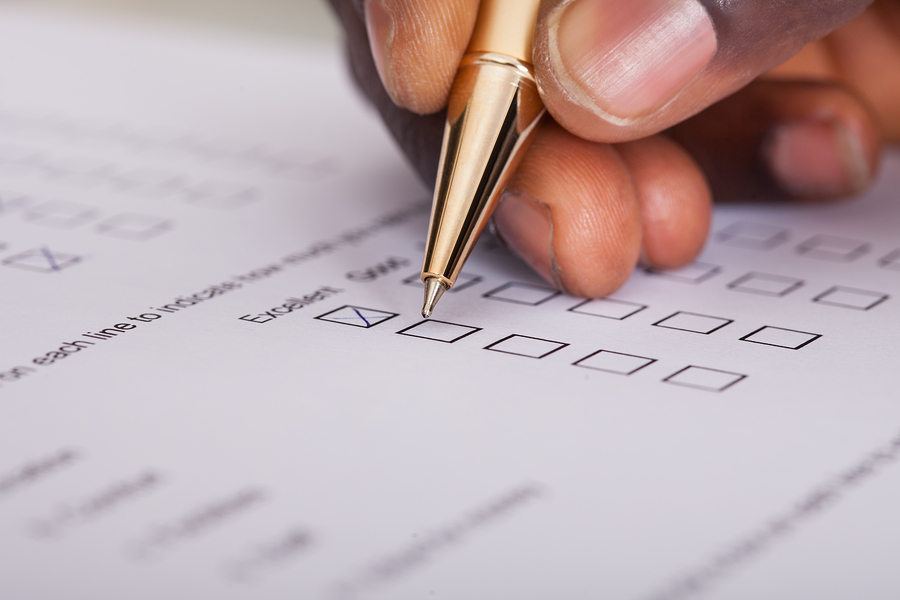Gathering customer feedback is a higher priority for midmarket companies than other firms. You need to know what your customers are thinking about your product offerings on a regular basis in order to maintain competitive advantage and profitability. When customer feedback surveys are generated without a lot of thought, customers won't take them seriously, leading to wasted money and effort.

Regardless of whether your middle market firm is B2B or B2C, consider the following when conducting customer surveys:
- Form a singular goal for each survey. Be ruthless in focusing customer survey questions on that goal. Don't use questions that get off the central focus or tell you things you already know. Other tips to better focus your survey include putting open-ended questions that require longer responses at the end, avoiding two-part questions (condense them), and being consistent with scale ratings (keep rated questions on the same scale, such as rating from 1 to 10 throughout). All these tactics minimize the participants' time investment and keep your questioning at a simple, direct level.
- Use A/B testing to determine wording of questions that will best generate illuminating responses. Comparing response rate and quality from two versions of a survey can make future surveys more effective.
- Promote each survey thoughtfully. Though faster and less expensive than focus groups and other feedback opportunities, electronic surveys rely on brief windows of persuasion to get a response. Send correspondence in advance of the actual survey to make your customers aware of it while also noting how much time and how many questions it will involve. Underline intended benefits for the customer that will result from your firm gathering the feedback. This will help increase survey participation rates.
- Create an effective email invitation for the survey. To improve open rates and help the email get through spam filters, its source should be a person, not automated or from a department. Ensure the invitation email and the survey itself open properly in mobile browsers. Do not use an HTML invitation featuring embedded logos, as this increases the chance that some elements — including the all-important click-through to the survey — will not appear. The call-to-action link should be large and unmistakable to participants. Lastly, be sure to have an "opt out of future surveys" option near the bottom so uninterested customers won't be bothered again.
- Weigh the benefits of using incentives. Offerings such as a discount on future purchases or a small giveaway generally work better for B2C firms, as the benefit goes to the respondent rather than his or her company. However, both B2C and B2B firms can try out different types of incentives through A/B testing to see if a certain incentive resonates more strongly than other offerings.
- Remind the recipients as lightly as possible. One week after survey invitations go out, send a reminder email that doesn't use the word "reminder" but rather a lighter phrase such as "one more opportunity to give feedback." Also, B2B firms in particular should investigate and update any invalid email addresses that get returned to keep their databases up to date.
Once the survey ends and all data is collected and analyzed, close the loop with everyone who received an invitation by giving a summary or generalization of at least one of the results and any tangible effects that the survey's results had (or will have) on your firm's products or services. Reiterate that information in the next survey invitation in order to improve participation rates.
Remember above all else that, if a company treats its customers as respectfully during the feedback process as it does during the purchasing process, survey participation rates will remain high over time. Doing so will create a virtuous cycle of quality feedback that makes a firm better able to improve its products and services, all of which goes toward improving customer loyalty.
Rob Carey is an NCMM contributor and a features writer who has focused on the business-to-business niche since 1992. He spent his first 15 years at Nielsen Business Media, rising from editorial intern to editorial director. Since then, he has been the principal of New York–based Meetings & Hospitality Insight, working with large hospitality brands in addition to various media outlets.